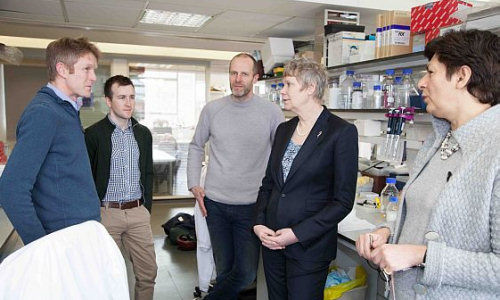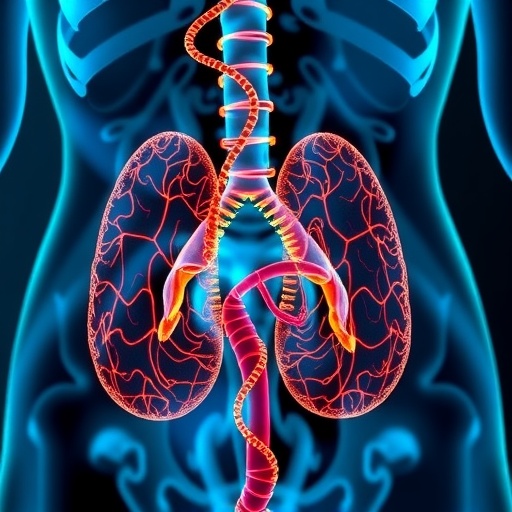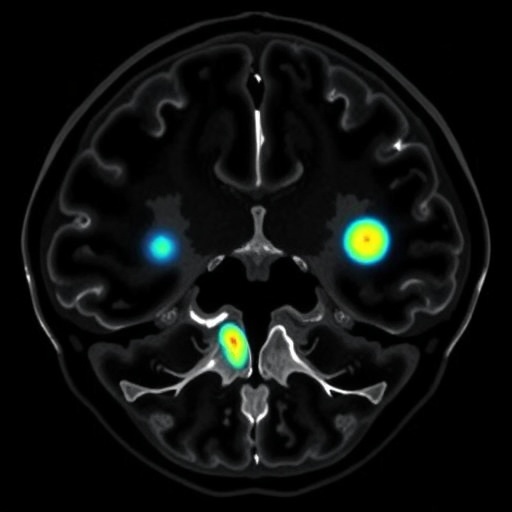The European Research Council (ERC) has awarded researchers at Barts Cancer Institute, Queen Mary University of London, a €2.43million grant for a project that aims to revolutionise the field of cancer cell research: using bioengineering techniques to grow the first complex 3D human tumour in the laboratory
Human cancers are more than just malignant cells, even at their very beginning. Other cells and chemicals that normally support and protect the body are hijacked by the cancer cells, instead helping the cancer to grow and spread.
Recent research has shown us the importance of targeting not only the malignant cancer cells but also this wider tumour microenvironment for long-term cancer treatment.
In the CANBUILD project, the multi-disciplinary team of scientists will be using the latest advances in tissue engineering, biomechanics, imaging and stem cell biology. They believe this combination will make it possible to engineer, for the first time, a complex 3D human tumour in which the different cell types making up the tumour microenvironment could communicate, evolve and grow in vitro (outside the body, in the laboratory).
The CANBUILD goal is to recreate the tumour microenvironment found in high-grade human ovarian cancer; the subtype that leads to 70 per cent of all ovarian cancer deaths. However, the research may have implications for several other cancer types as well.
The vision is that this project will replace traditional techniques in which human cancer cells are grown in isolation on plastic surfaces. Success in the CANBUILD project may also provide better ways of testing new drugs that target the human tumour microenvironment.
Professor Fran Balkwill, from Barts Cancer Institute, is Principal Investigator on the CANBUILD project. Professor Balkwill said:
“About half the cells in a tumour are not cancer cells, but ‘healthy’ cells such as immune cells and fibroblasts, which the cancer is somehow corrupting to help it grow and spread.
“It seems logical that the best long-term treatments will come from combining both therapies that target the cancer cells with something aimed at the wider tumour microenvironment which, while not cancerous cells themselves, are supporting the cancer’s growth.
“Growing an in vitro model, which contains all these types of cells, will allow us to watch how the cells communicate and how the tumour grows, teaching us more about what is going on in this complex system and hopefully giving us a model we can test new drugs on.”
The five-year research plan involves:
The ERC funding will also allow the team to communicate their research via the Centre of the Cell, Queen Mary’s award-winning science education centre and online resource, widening participation and outreach.
Story Source:
The above story is based on materials provided by Barts Cancer Institute.





